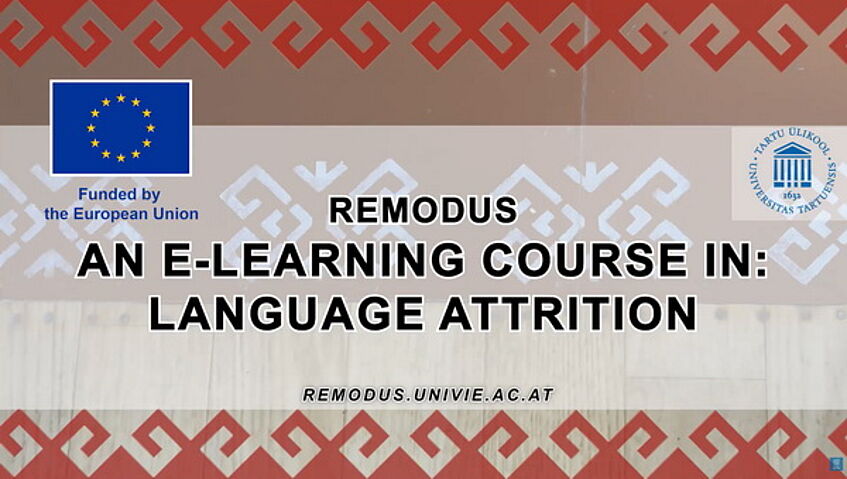2022 e-course Language Attrition

Access the video course (4 videos, 32 minutes in total) here, and in the Zenodo repository under doi.org/10.5281/zenodo.15092631.
This online course consisted of six units held between May 18 to June 29.
Numerous Uralic languages that are documented to a varying extent must today be considered extinct: there are no longer any speakers of these languages and no meaningful revitalization efforts are ongoing. For many of these languages, available evidence shows how the languages changed in the process of going extinct: there is documentation of “pre-shift” and “post-shift” variants, i.e., of the language as it was still widely spoken and comparatively vibrant and of the language as it was spoken by its terminal speakers. Contrastive surveys have shown systematic differences between these variants in phonology, morphology, and syntax. Observations on how languages can change as they go extinct are not just of value for the study of these individual languages, they are also of synchronous value for scholars studying languages with low vitality existing in precarious situations, regardless of their genealogical classification. They give them a framework within which they can contextualize their observations on systematic differences between their observations and documentation of earlier forms of the same language. Furthermore, when not brought about by genocide, language death is by default brought about by intense language contact: a speaker community over a few generations abandons its heritage language and starts using a more prestigious language instead. Uralic languages that are known to have gone extinct did so under intense contact from other Uralic languages, Indo-European languages, and Turkic languages. Thus the cases of these language extinctions are highly interesting to scholars and students working on language contacts of languages of these genealogical groupings.
Units
- 18.05.22. Petar Kehayov: Language obsolescence and language attrition: an introduction (slides, video)
- 25.05.22. Petar Kehayov: Morphosyntactic change in the vanishing Finnic communities of Russia (slides, video)
- 1.06.22. Joshua Wilbur: The case of Pite Saami (slides)
- 8.06.22. Miina Norvik: The case of Livonian (slides, video)
- 22.06.22. Virve Vihman: Language attrition in the mind of a speaker (slides, video)
- 29.06.22. Gerson Klumpp: Language change vs. language attrition in late Kama (slides)
